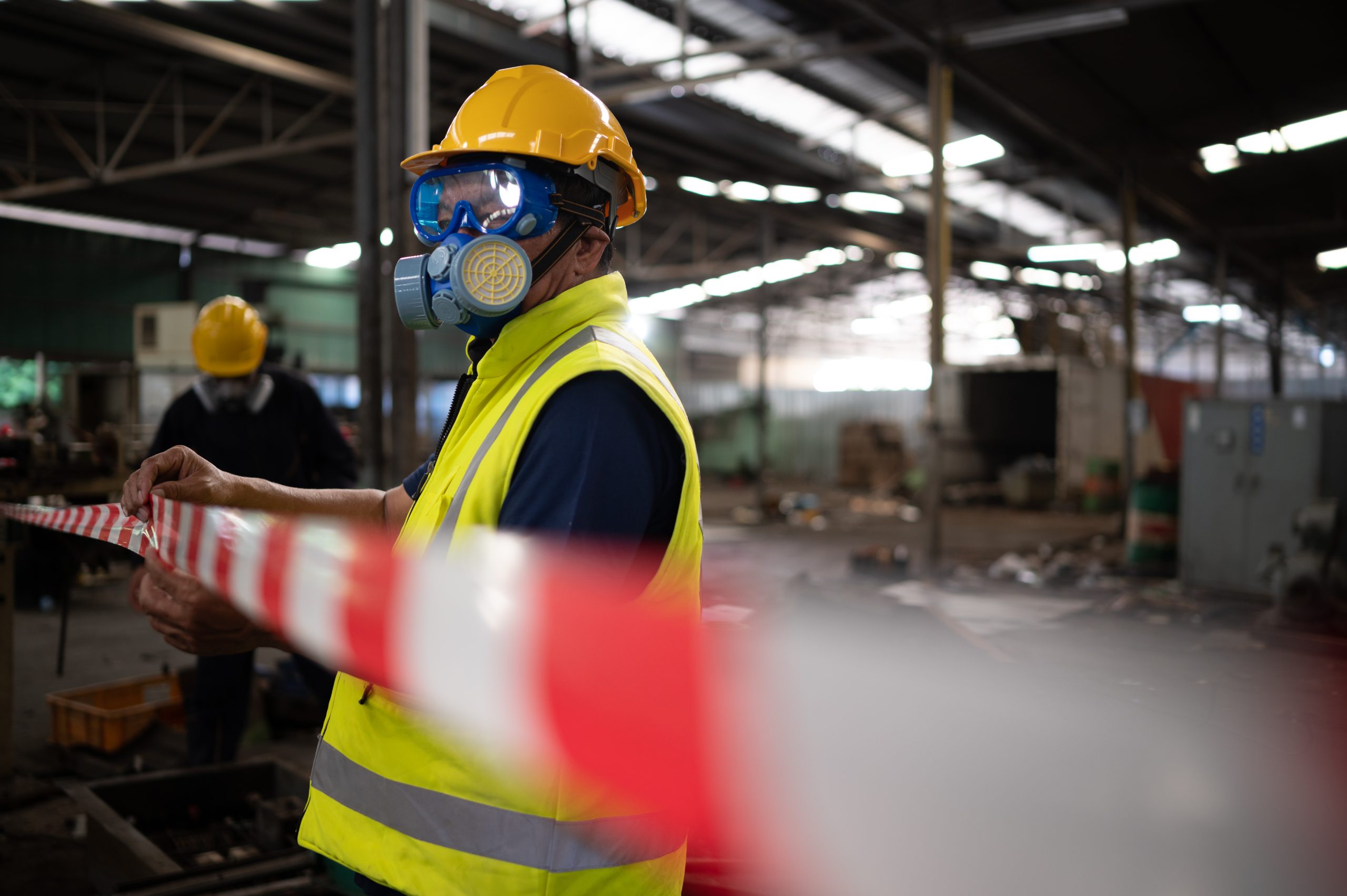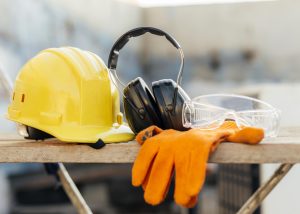Building a Culture of Safety in Manufacturing Plants: A Practical Guide for 2025 and Beyond
In the fast-paced world of manufacturing, manufacturing safety strategies aren’t just about compliance—they are the foundation of operational success. Building a strong industrial safety culture fosters an environment where every worker takes responsibility for their safety and that of their colleagues. For the latest manufacturing safety culture 2025 best practices, refer to resources such as ProAction International and SafetyCulture. In 2025, this approach reduces accidents, enhances morale, and improves productivity.
Why Cultivating a Safety Culture is a Game-Changer
Manufacturing environments pose many hazards that make a proactive industrial safety approach essential:
-
-Cuts down injury rates by embedding safety into daily routines.
-
-Builds trust and employee morale across teams.
-
-Boosts operational efficiency with fewer downtime disruptions.
-
-Enhances compliance, reducing fines and supporting industrial compliance and regulations.
-
-Supports manufacturing operational excellence by integrating safety deep into workflows.

Step-By-Step: Building Your Safety Culture in Manufacturing Plants
1. Evaluate Your Current Manufacturing Plant Safety Practices
Perform thorough safety audits and engage workers in feedback sessions regarding hazards and procedures. Measuring metrics such as incident rates and employee safety training completion helps identify improvement areas.
2. Define Clear, Achievable Safety Goals for Your Industrial Safety Culture
Use SMART goals to focus efforts, for example:
-
-Reduce lost-time injuries by 15% in a year.
-
-Achieve full PPE compliance across all shifts.

3. Develop a Safety Action Plan Aligned with Preventive Maintenance Safety
Draft a comprehensive plan that covers training, hazard management, emergency protocols, and clear safety responsibilities.
4. Lead from the Top with Strong Safety Leadership in Manufacturing
Executives and supervisors must visibly champion safety initiatives and include safety leadership in manufacturing as a key part of their performance reviews.
5. Empower Employees as Champions of Manufacturing Plant Safety
Encourage a no-blame reporting culture and introduce peer-led observation and recognition programs to reward safe behaviors.
6. Communicate Safety Information Consistently
Leverage multiple channels—safety bulletins, employee safety meetings, and digital alerts—to reinforce the importance of safety and share updates. Regular safety training programs for manufacturing workers keep teams informed and alert. Explore more about effective training at SafetyCulture.
7. Review, Learn, and Continuously Improve Your Industrial Safety Practices
Regularly audit and adjust your safety policies based on feedback and incident data to foster a continuously improving environment.
Best Practices to Sustain Your Safety Culture
-
-Foster inclusivity by involving all levels in safety conversations.
-
-Integrate safety with quality and productivity goals.
-
-Provide ongoing safety training and refreshers using real-world examples.
-
-Celebrate safety milestones to maintain momentum. Incorporate lean manufacturing and safety principles to improve efficiency and risk reduction. Learn more from HSI’s safety strategies.
Many manufacturers have seen success by engaging the workforce deeply, as shown in studies on industrial worker engagement by Enterprise Nation.
Investing in a robust manufacturing safety strategy and cultivating a deep-rooted industrial safety culture is vital for protecting employees and achieving manufacturing operational excellence. Staying current with OSHA safety standards updates is essential – get the latest information from OSHA News. Moreover, adopting sustainable manufacturing practices supports long-term safety and environmental goals, as detailed in the Global Report 2025 by The Culture Factor.
By taking these practical steps, manufacturers prepare their plants to meet and exceed the challenges of 2025.


